
Moscato is the Italian name for Muscat, one of the oldest and most genetically diverse grape families on the planet. In France and other regions, this grape is often called Muscat Blanc. Known for its sweet flavours of peaches and orange blossom, this isn’t just a sweet wine for brunch or bachelorette parties. It’s a portal into centuries of winemaking, perfumed elegance, and regional variation.
At its best, Moscato is sunlight in a glass—floral, juicy, ethereal. It doesn’t pretend to be cerebral, but that doesn’t mean it’s not intelligent. It’s disarming. It’s charming. While often dry to taste, Moscato wines are known for their sweet and fruity aromatics. And it’s climbing back into the hearts (and fridges) of modern drinkers who are increasingly unafraid to embrace flavour.
Moscato is a versatile grape that produces a wide spectrum of wine styles, from lightly sparkling to rich dessert wines. Each style showcases the grape’s unique character in different ways, catering to diverse palates and occasions.
The classic Italian styles—Moscato d’Asti and Asti Spumante—are celebrated for their delicate bubbles and lively acidity. These wines are typically low in alcohol (around 5.5% ABV), lightly fizzy (frizzante), and perfectly balanced between sweetness and freshness. The bubbles lift the floral aromas and create a refreshing palate, making them ideal for celebrations or as a chilled aperitif.
Still Moscato wines, produced without carbonation, highlight the grape’s natural fruitiness and floral notes in a clean, straightforward style. These wines can range from dry to sweet and often feature flavours of ripe pears, peaches, and citrus. Still Moscato is popular in regions like California and Australia, offering a smooth, easy-drinking white wine experience.
Pink Moscato is a playful twist on the traditional white Moscato, often blended with a small amount of red grapes such as Merlot to impart a rosy hue. This style combines Moscato’s characteristic sweetness and floral aromas with subtle strawberry and berry fruit flavours, appealing to those who enjoy a fruit-forward, visually striking wine.
Less common but equally intriguing, Red Moscato or Black Muscat is made from a distinct variety known as Black Muscat. This wine is aromatic and richly flavoured, featuring notes of raspberry, rose petals, and violets, with hints of black tea. It offers a unique alternative for Moscato lovers seeking a deeper, more complex sweet wine.
At the sweeter end of the spectrum are Moscato dessert wines, which are often made from late-harvest or botrytis-affected grapes. These wines are intensely sweet, rich, and complex, with concentrated flavours of honey, apricot, and tropical fruits. Examples include French Muscat de Beaumes-de-Venise and Australian Rutherglen Muscat. They pair beautifully with desserts or can be enjoyed on their own as a luxurious treat.
Moscato wines are renowned for their vibrant and inviting flavour profiles. The hallmark flavours include luscious peaches, juicy mandarin oranges, fragrant orange blossoms, and sweet honeysuckle. These bright, floral, and fruity notes create a sensory experience that is both refreshing and charming, making Moscato a standout among sweet white wines. The aromatic compound linalool, found naturally in the grapes, is largely responsible for Moscato’s signature perfume-like aroma, reminiscent of citrus flowers and tropical fruits like mango.
The way Moscato is made depends on style, origin, and intention. But one thing is universal: preserving freshness and aroma is king. The aromatic compound linalool plays a key role in contributing to Moscato's unique floral aroma.
Key elements:
Moscato is the perfume aisle of the wine world—in a good way.
Aroma: Orange blossom, honeysuckle, rose petals
Flavor: Mandarin orange, lychee, peach, apricot, white grape
Texture: Light-bodied, silky, often slightly fizzy
"If Riesling is a violin concerto, Moscato is a saxophone solo in an orange grove at dusk."
Moscato is your secret weapon in the food world, especially with dishes that mock other wines.
Perfect Pairings:
Moscato pairs well with spicy Asian foods, light meats, seafood, and aromatic spices like ginger, cinnamon, and cardamom.
Pro Tip: When in doubt, match Moscato with contrast. High acid + sugar makes it versatile against bold flavours and heat.
Muscat grapes grow in both warm and moderate climates, but the style and quality are site-driven. Moscato wines often display flavours and aromas of stone fruit, melons, and citrus, making them a versatile choice for various palates. Villa M Sweet White Moscato offers complex notes such as floral and acacia honey.
Moscato is the only one that can pull off being low-alcohol, fizzy, sweet, and still respected—when done right.
Cheap Moscato can be bad for the planet. Sparkling Moscato wines, often semi-sparkling or fully sparkling, are typically produced under the highest DOCG classification, ensuring quality and authenticity.
Look for:
The future is bright—and delicious—for Moscato wines. As more wine lovers seek out sweet, refreshing white wines, Moscato’s star continues to rise. The demand for clean, naturally made Moscato wines is only growing, with producers responding by crafting bottles that highlight the grape’s pure, perfectly balanced flavours without unnecessary additives.
Italy remains the heart and soul of Moscato production, leading the way with both tradition and innovation. But the excitement doesn’t stop there—winemakers around the globe are experimenting with new flavours and techniques, ensuring Moscato wines stay fresh and relevant for a new generation of drinkers.
With its unmatched versatility at the table and its reputation for delivering joy in every glass, Moscato wine is poised to remain a favourite among wine enthusiasts. The word “Moscato” is quickly becoming shorthand for high-quality, sweet white wine, and its popularity shows no signs of slowing down.
As the wine industry evolves, expect Moscato wines to play a starring role in shaping the future of white wine, proving that pleasure, balance, and innovation can all coexist in one beautifully aromatic bottle.
The world of Moscato wines is buzzing with innovation and variety. From classic Italian producers to bold New World brands, there’s a Moscato for every palate and occasion. Today’s market is filled with bottles that put their own spin on the grape’s signature flavors—think juicy mandarin orange, lush mango, and the unmistakable perfume of orange blossom and honeysuckle.
One of the hottest trends? Clean, perfectly balanced Moscato wines that skip the added sugars and artificial colors, appealing to health-conscious sippers who want their white wine as pure as it is flavorful. These wines deliver a crisp, refreshing experience that lets the natural fruit and floral notes shine.
And let’s not forget the bubbles. Whether lightly frizzante or fully sparkling, those lively bubbles are more than just fun—they lift the aromatics and make every sip feel like a celebration. Moscato wines aren’t blocked by old-school pairing rules, either. Their versatility means they’re just as happy alongside spicy chicken, fresh seafood, or even a fiery curry as they are with a fruit tart.
The word on the street? Moscato wines are here to stay. With their perfectly balanced flavors, vibrant bubbles, and clean finish, they’ve become a staple in the world of white wine—no matter what’s on your plate.
In the world of wine, Moscato is often judged by its Instagram filters and brunch cameos. But underneath the glitter is a serious wine with ancient roots and modern flair. It’s versatile, fun, and often criminally underpriced for what it delivers.
Moscato is:
To dismiss Moscato is to miss the point of wine altogether: pleasure.
So next time you’re standing in the wine aisle or building your online cart, don’t skip over that golden bottle with a floral label. It might just be the most honest glass of joy you’ll drink this year.







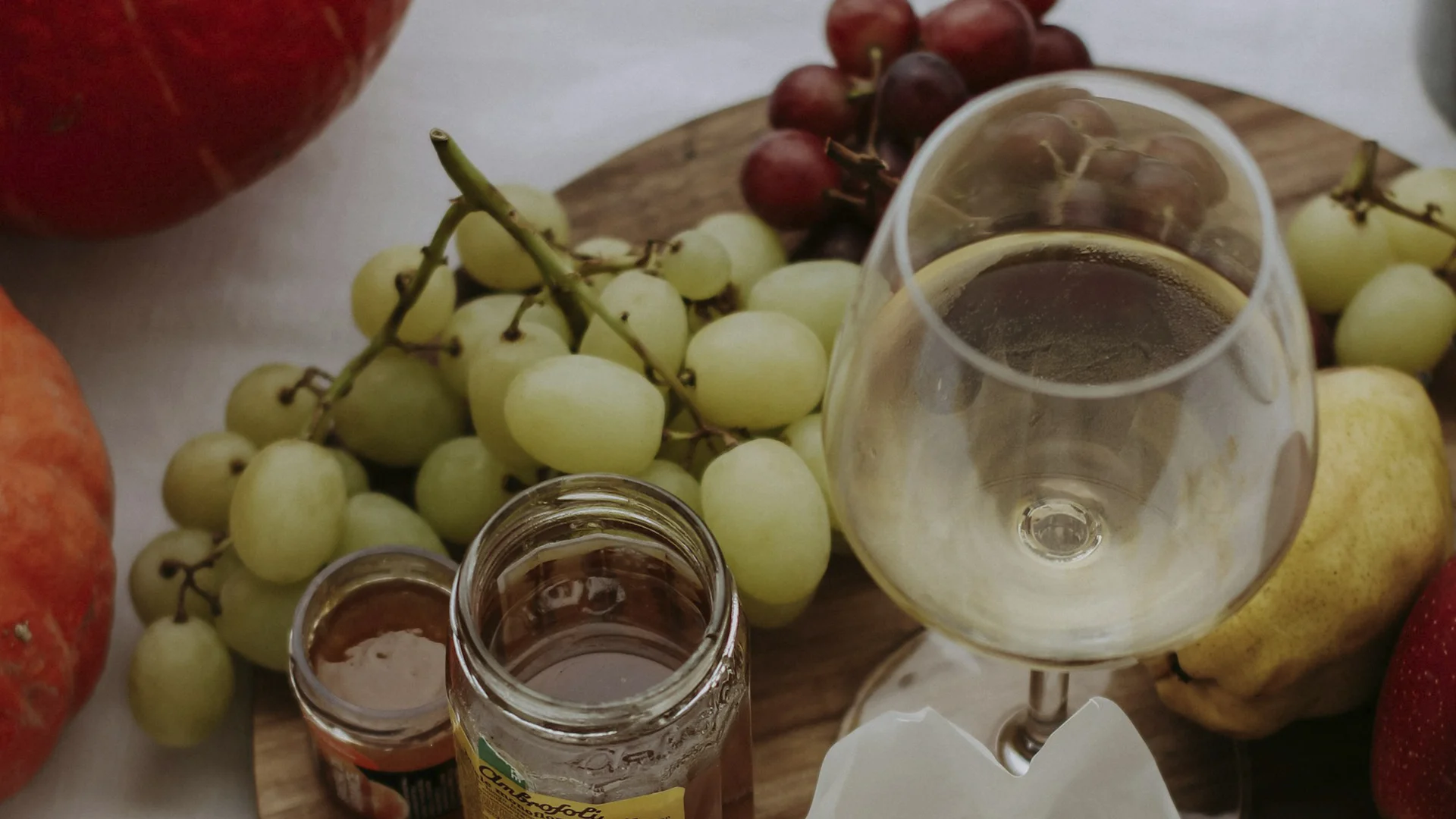



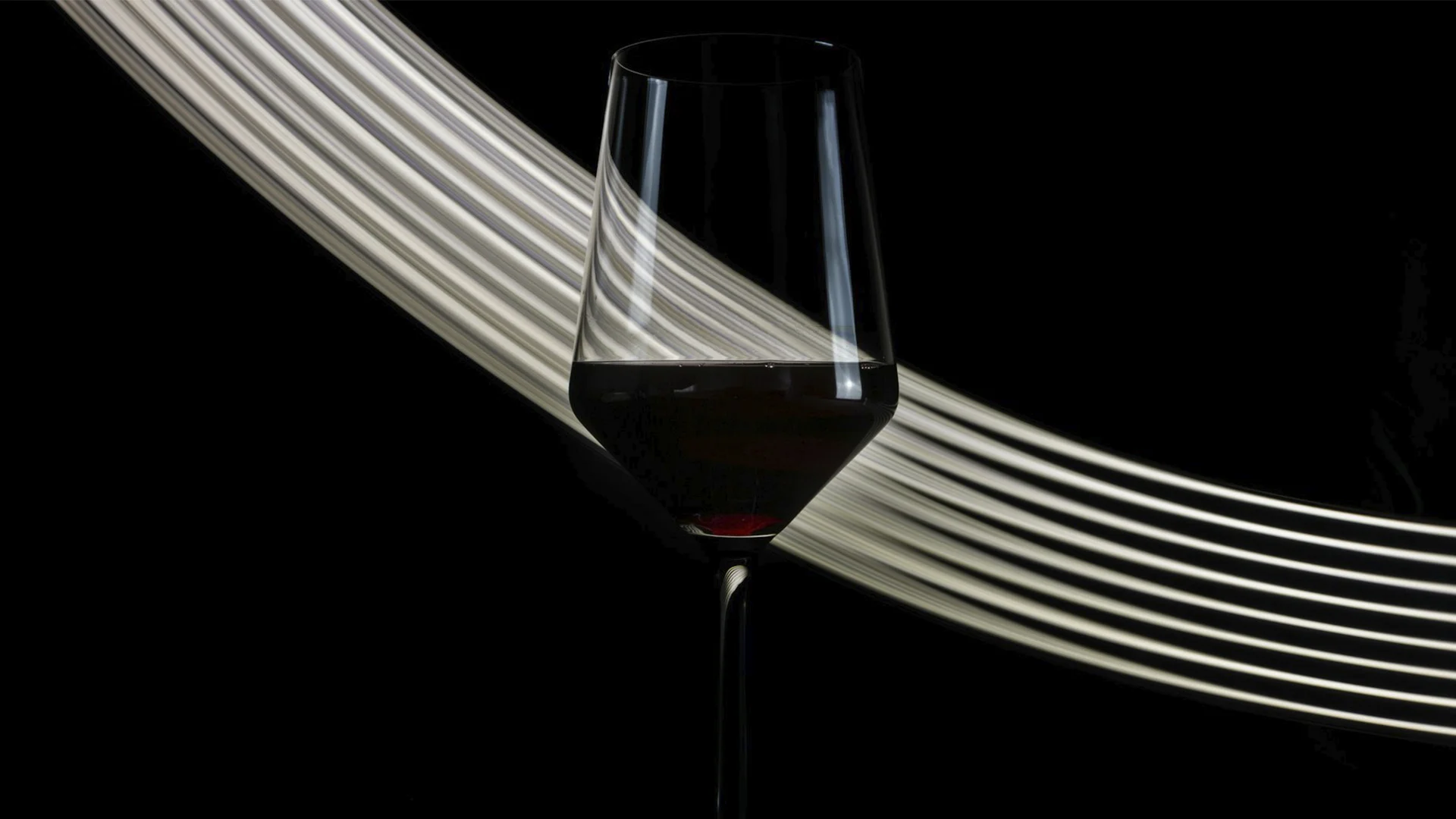









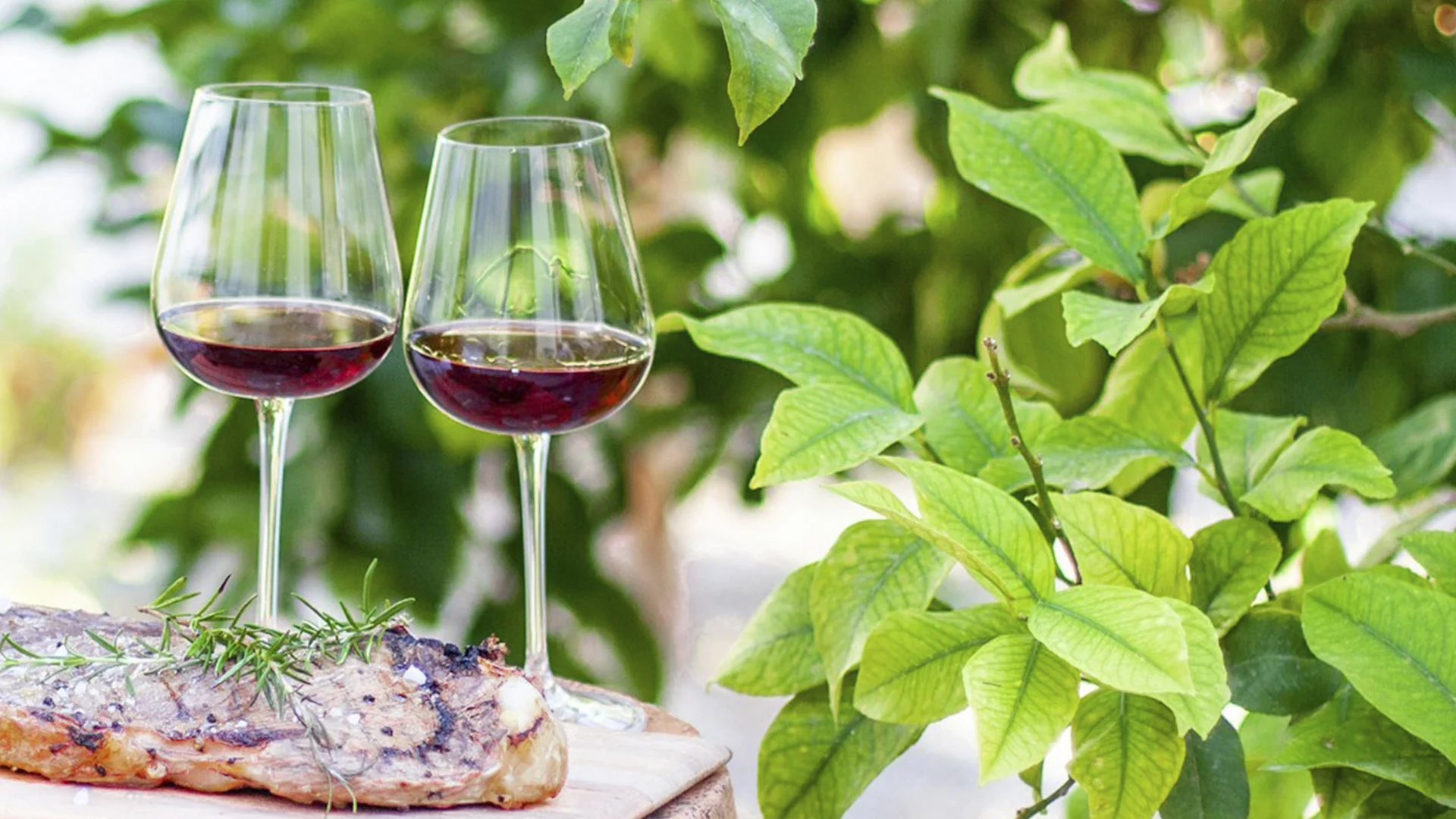





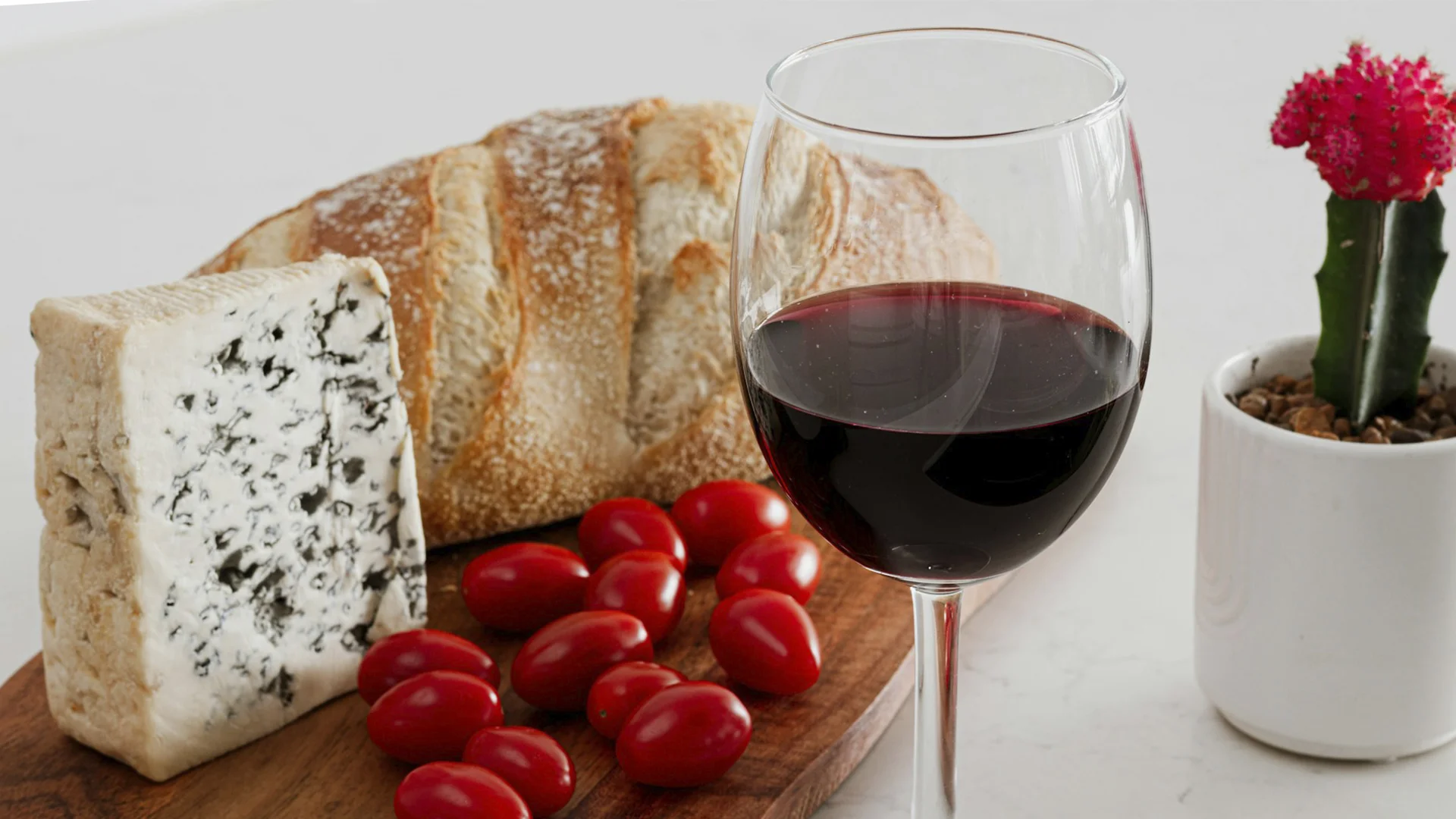






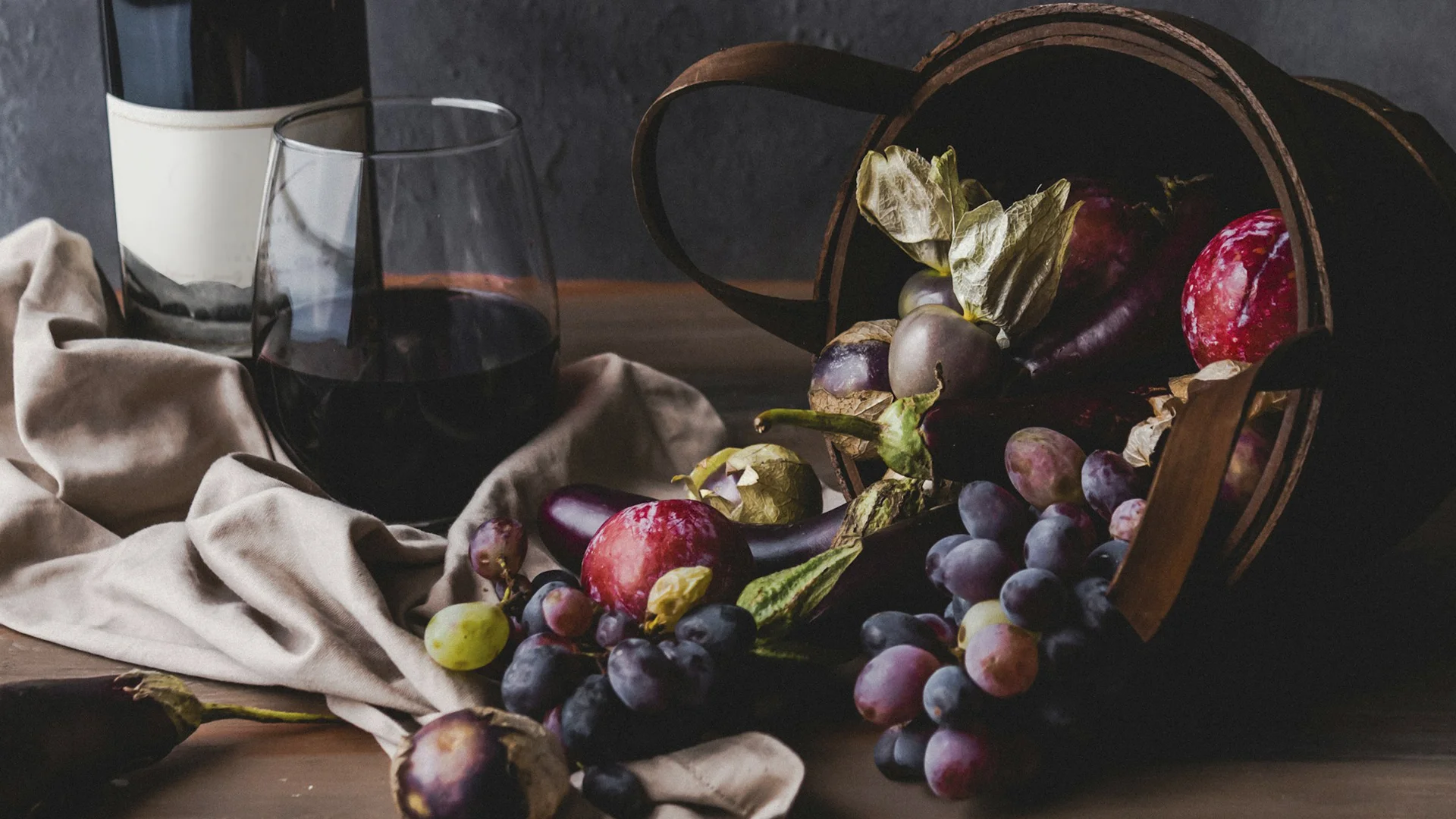

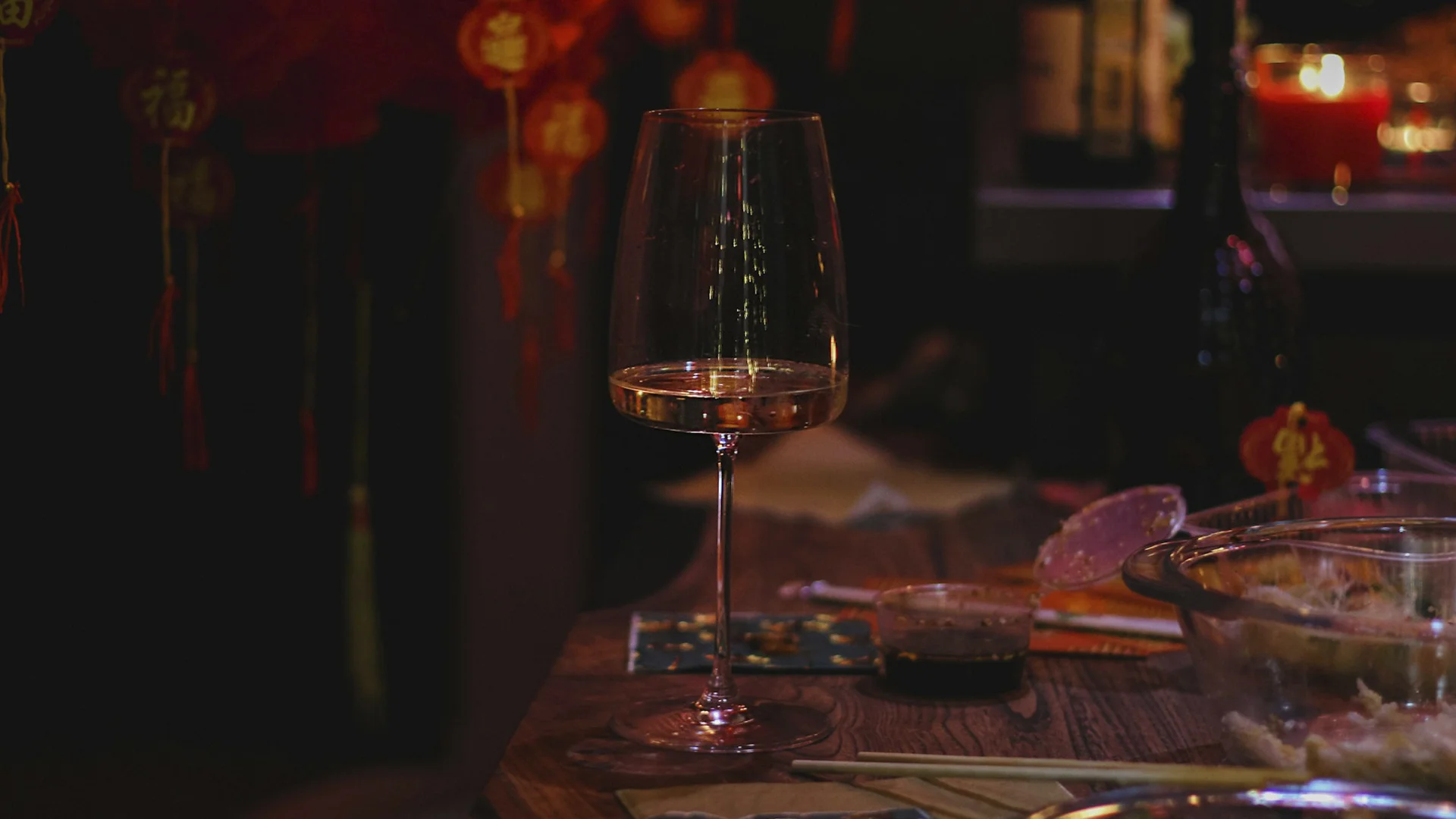



















.webp)

.webp)
.webp)
.webp)


























.webp)













Are you interested in
collaborating with us?